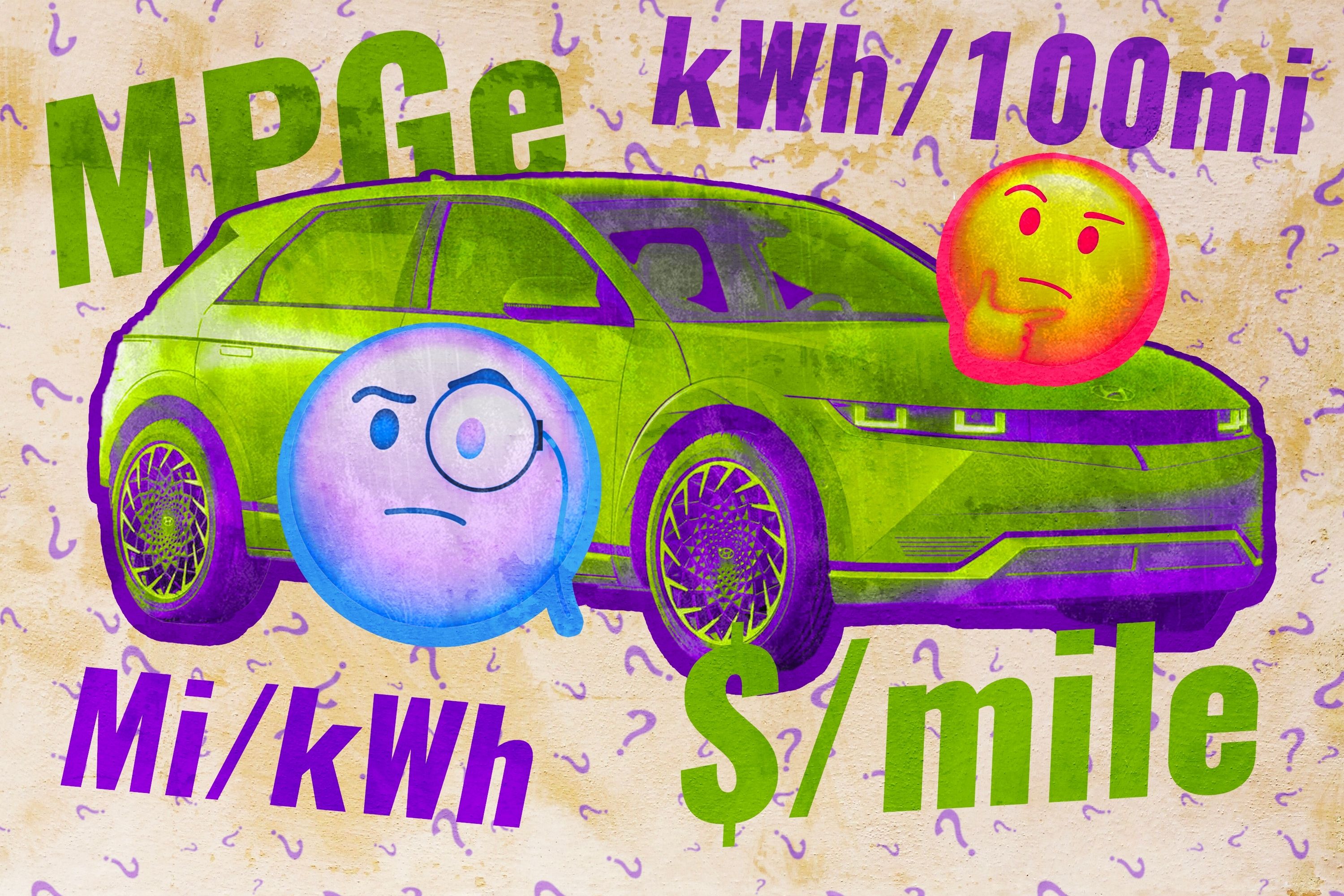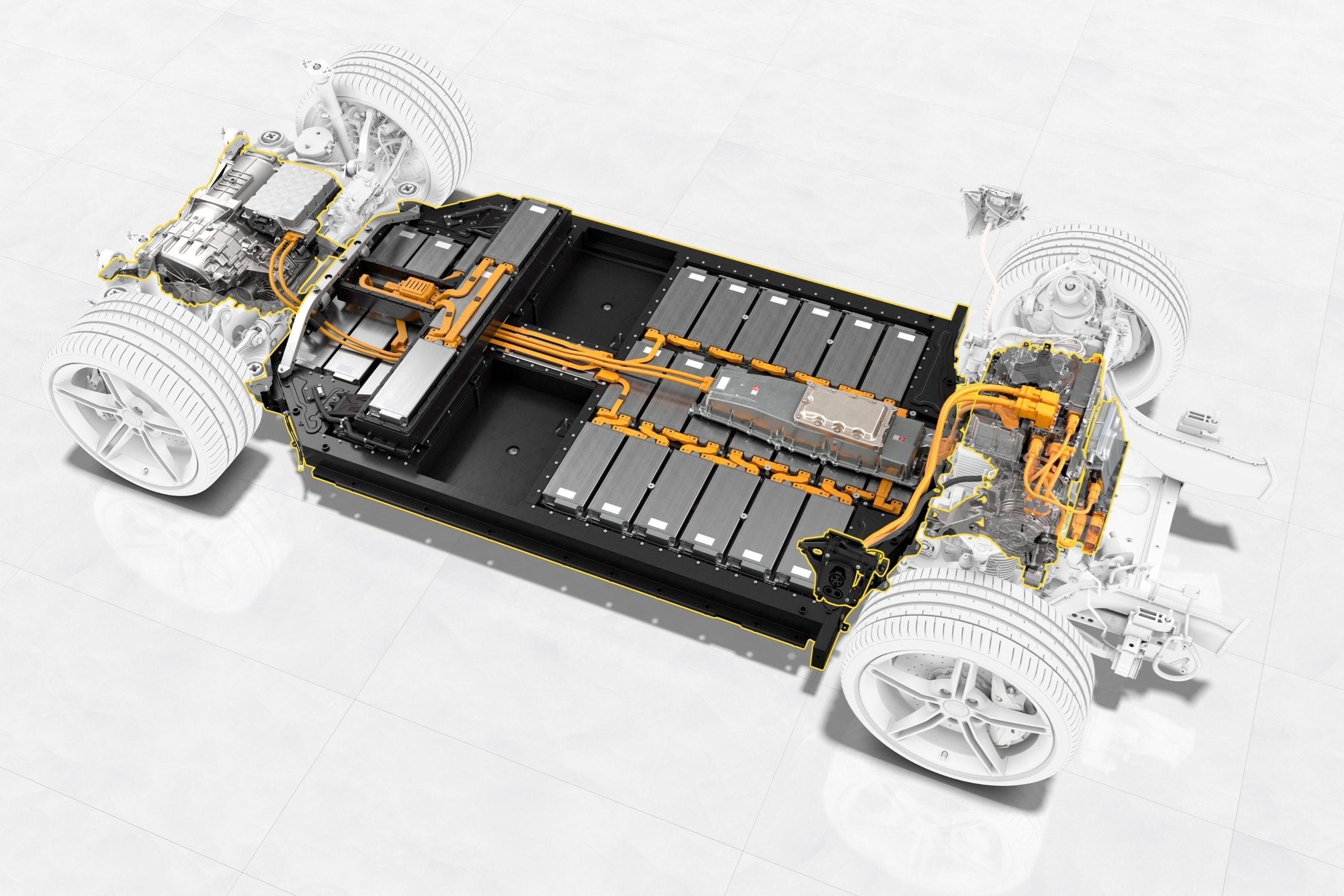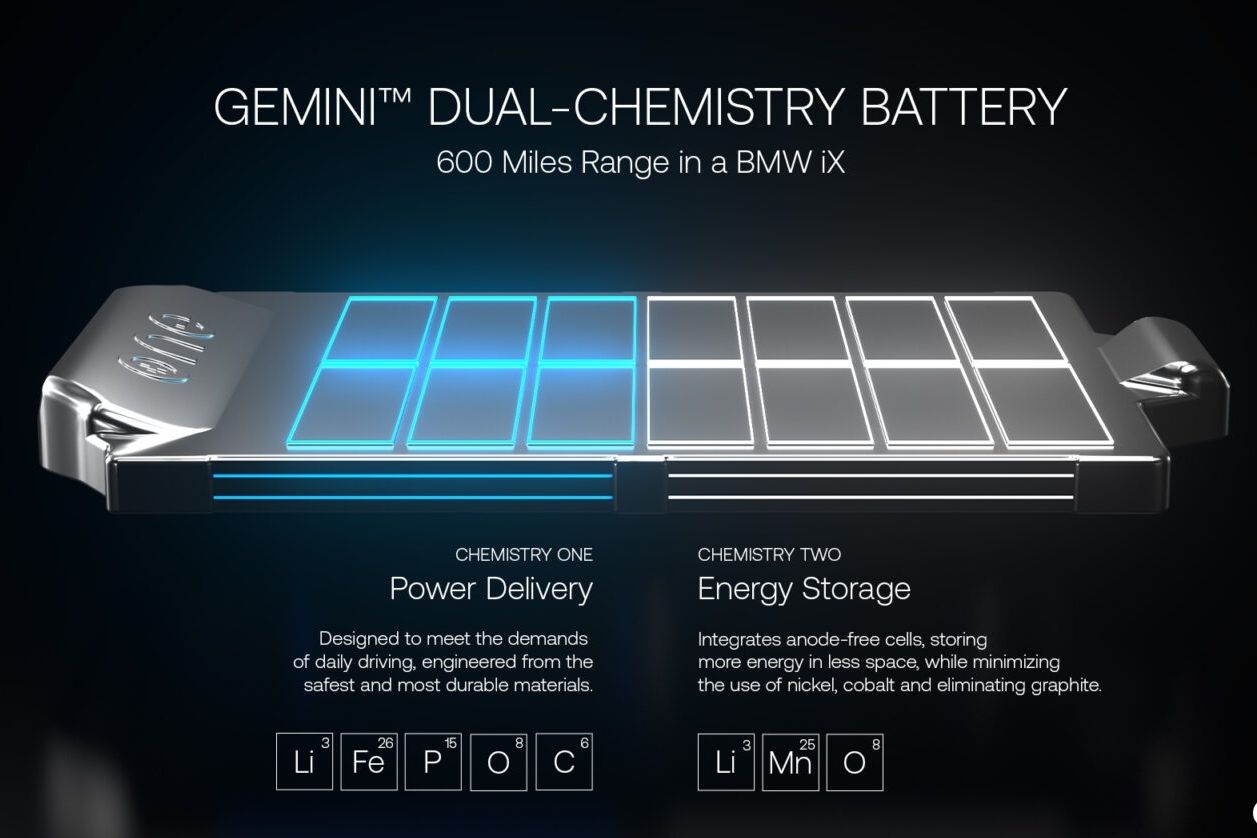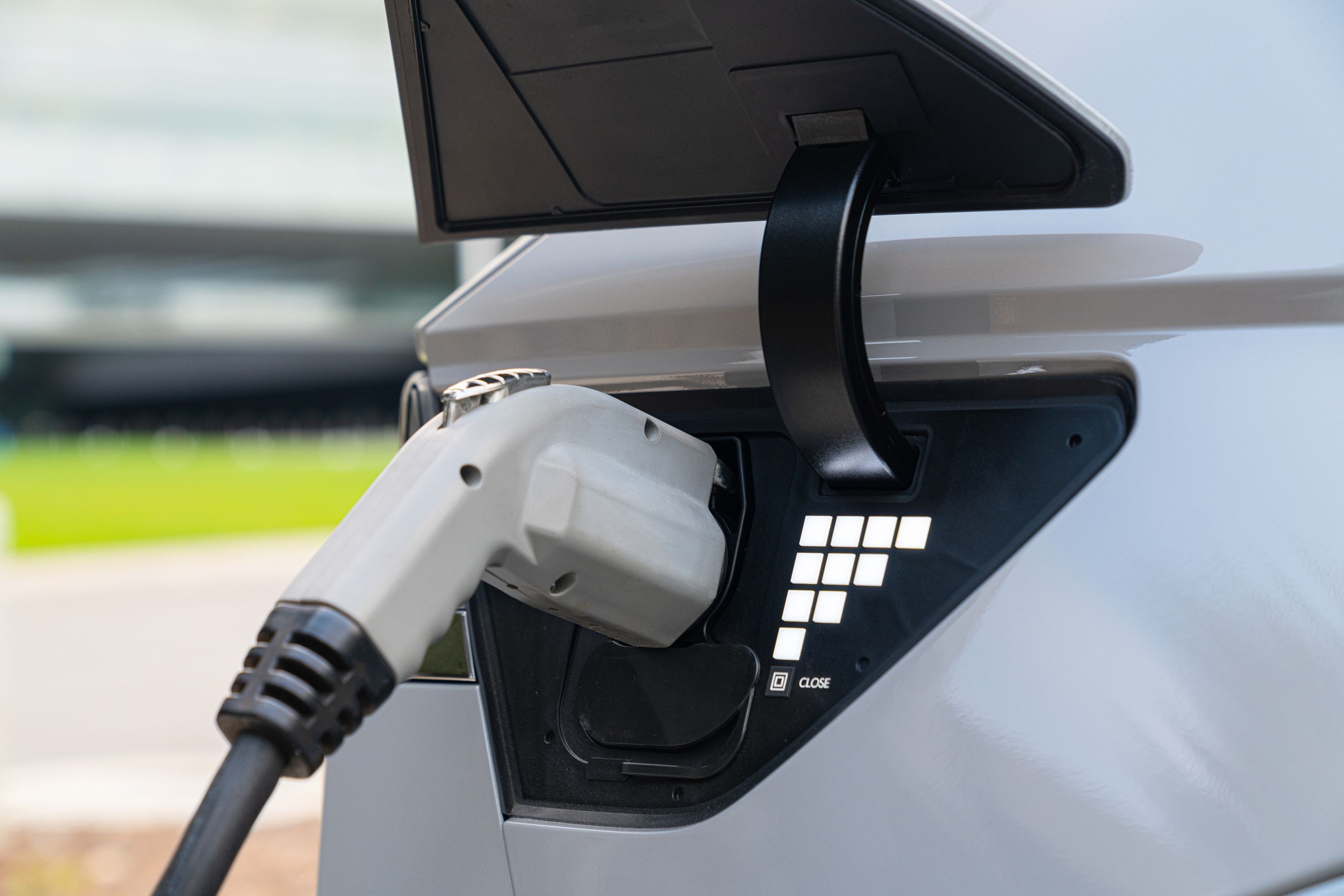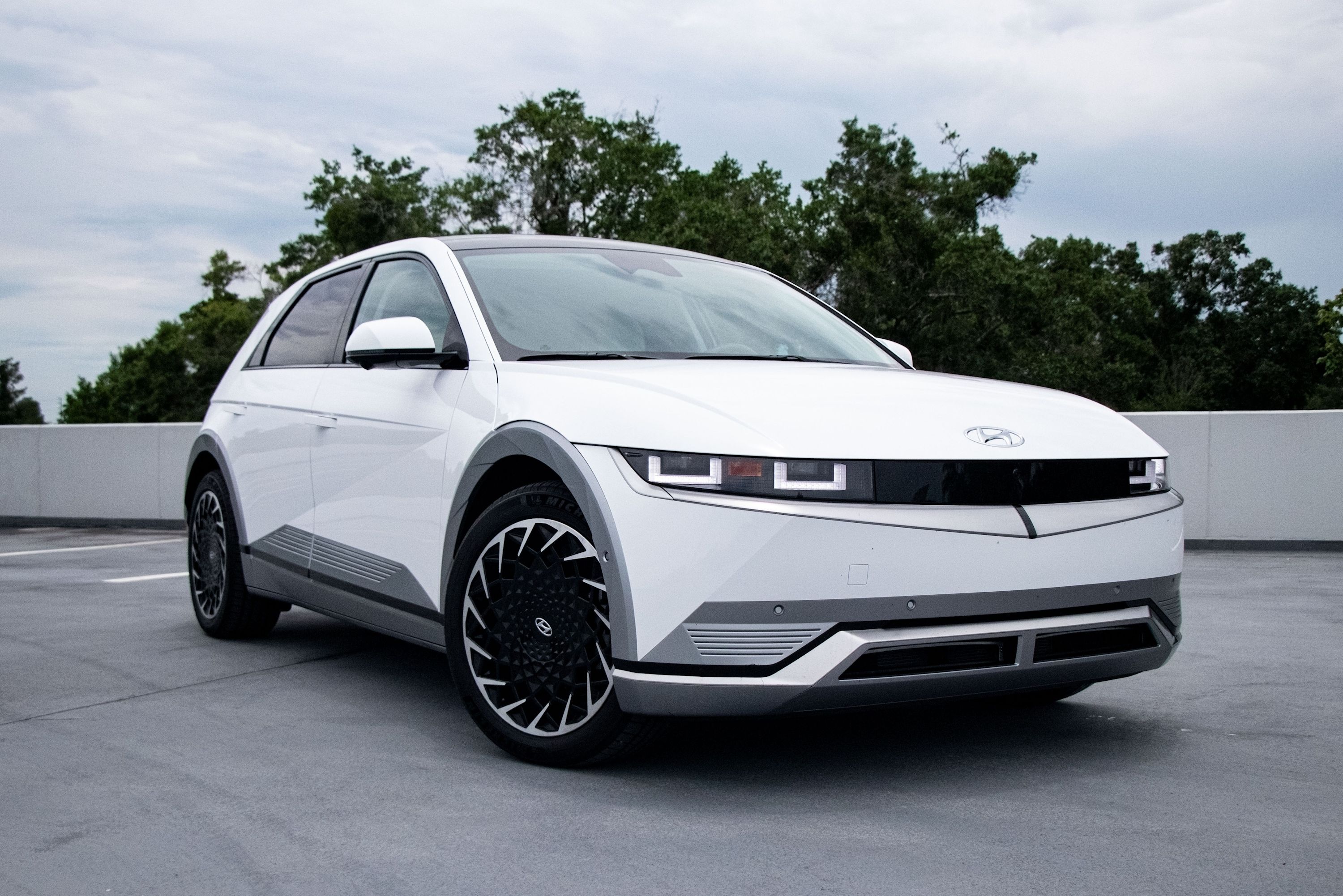
As the automotive industry shifts from burning dinosaur juice to channeling electrons, so too must we as the buying public evolve. As much as we don't like learning new things, we'll have to though. That's because electric vehicles don't operate the same way as combustion ones do, and phrases that we've become accustomed to will no longer suffice. Take miles-per-gallon, for example; you don't put gallons of fuel in your EV. Electric motors also aren't measured in horsepower on a global scale. And an EV can't really be considered a gas guzzler; we've made a strong case for 'Charge Hog' to be used instead. So, we've compiled a quick list of phrases you should learn to make understanding EVs easier.
1. Kilowatts instead of horsepower
America measures power outputs in good old-fashioned horsepower. But the problem with that is there are now different types of horsepower. Metric horsepower (used in European cars like the McLaren 720S - which produces 720 metric hp) is different from the Society for Automotive Engineers (SAE) definition of horsepower, which is confusing already. But perhaps as we now change to a new type of automobile, it might be the perfect time to change to metric power units - the watt and, in turn, the kilowatt. There are 1,000 watts in a kilowatt and 1,000 kilowatts in a megawatt. It's a universal measurement of power that everyone could understand and has long been the global standard for electrical outputs.
The Kia EV6, as an example, has 320 hp in the USA in AWD GT-Line guise. This is equal to 239 kW. One SAE horsepower is equal to 0.7457 kilowatts.
2. Kilowatt-hours (kWh) instead of gallons
Another metric term we already use - and perhaps proof that we should widely adopt the kilowatt - is kilowatt-hours (kWh). This is already the industry standard when it comes to measuring battery capacity of an EV. One kWh is equal to one kW of work sustained for a period of one hour, which is nice and easy to understand. It also makes it easy to understand a few other things. Does your EV have a 100 kWh battery and a 10 kW electric motor? Well, flat out, it'll survive 10 hours at full throttle. Of course, it'll survive longer as you're not at full-throttle all the time, your vehicle can coast, and it'll use brake regen to harvest more charge, but it puts it into an easier-to-understand perspective.
3. Miles per kWh (Mi/kWh) instead of MPG
We've dedicated an entire article to this one point alone. The premise is this: you don't fill up an EV with a gallon of gasoline, so why do you measure its efficiency using miles per gallon? Yes, MPGe is intended to be a placeholder so traditional car buyers can equate the efficiency of an EV to that of a combustion car, but we need to start displaying both units side-by-side so we can eventually transition to the unit that makes the most sense: How many miles do I travel per kilowatt-hour of charge in the battery - Mi/kWh. Fewer miles per kWh is bad and makes you a charge hog, and more is good.
4. State of Charge (SOC)
With EVs, you no longer need to know how full your tank is. Instead, you want to know what your 'state of charge is'. State of charge, or SOC as it's frequently abbreviated, refers to the percentage of battery capacity you have remaining. 50% SOC is half a battery, and if you know a full charge can get you 300 miles, then you know 50% SOC will get you approximately 150 miles.
This one isn't very technical; it's simply one of those phrases that are becoming commonplace in a world of EVs and one you should know.
5. Bi-directional Charging
This one goes by a bunch of different names. In addition to bi-directional charging, it's also called "vehicle to load" (V2L) or "power out." Essentially, it's one of the perks of driving a modern EV in that it turns your vehicle into a giant power bank. BEVs equipped with V2L technology are capable of discharging electricity through regular household-style plug points, enabling you to operate machinery at a worksite, charge your phone, plug in lights, or in some instances like blizzards and power outages, even supply electricity to your own home. Good examples of this are the Hyundai Ioniq 5 and Ford F-150 Lightning.
Depending on the architecture of your vehicle and the battery itself, power outputs range from 1.9 to 9.6 kW, and some vehicles even give you the choice of both 120V or 240V outlets, the latter of which is particularly helpful when you have some heavy-duty power tools that need a charge.

